Dominica, The nature island
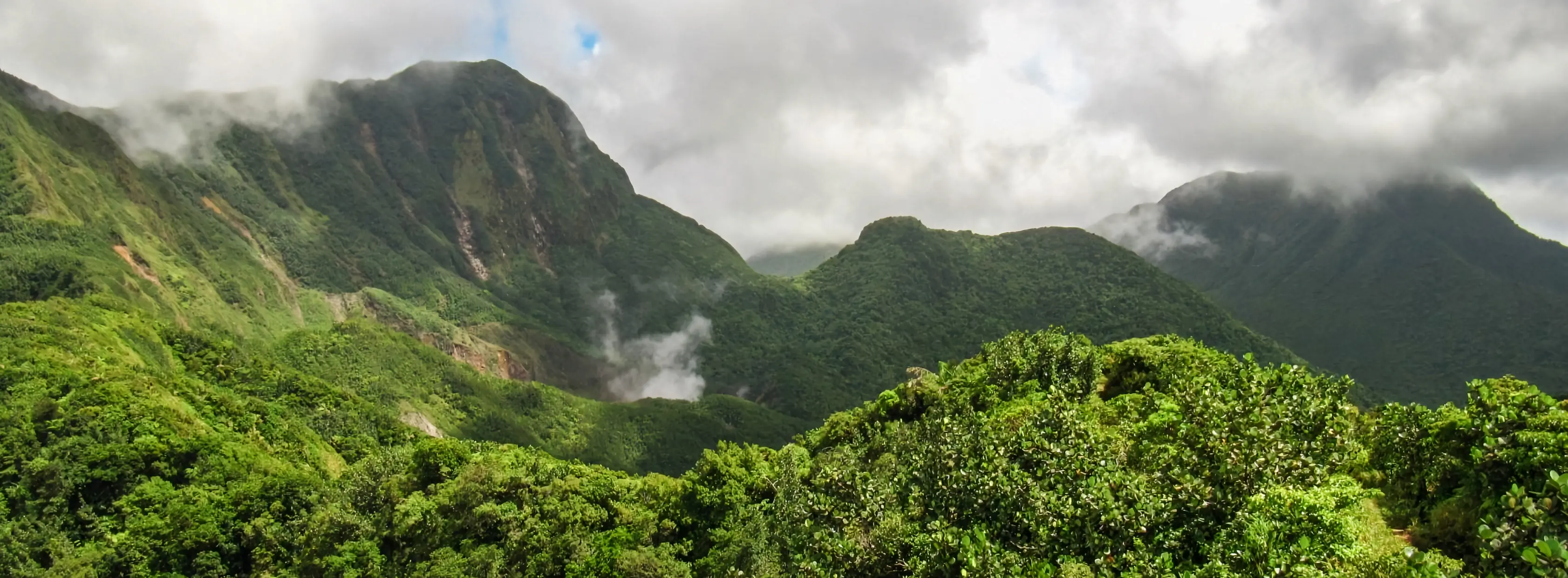
If Christopher Columbus came back today, Dominica is the only island he would recognize. This is because Dominica is the regions most unspoiled country and its most exciting destination for spectacular natural beauty.
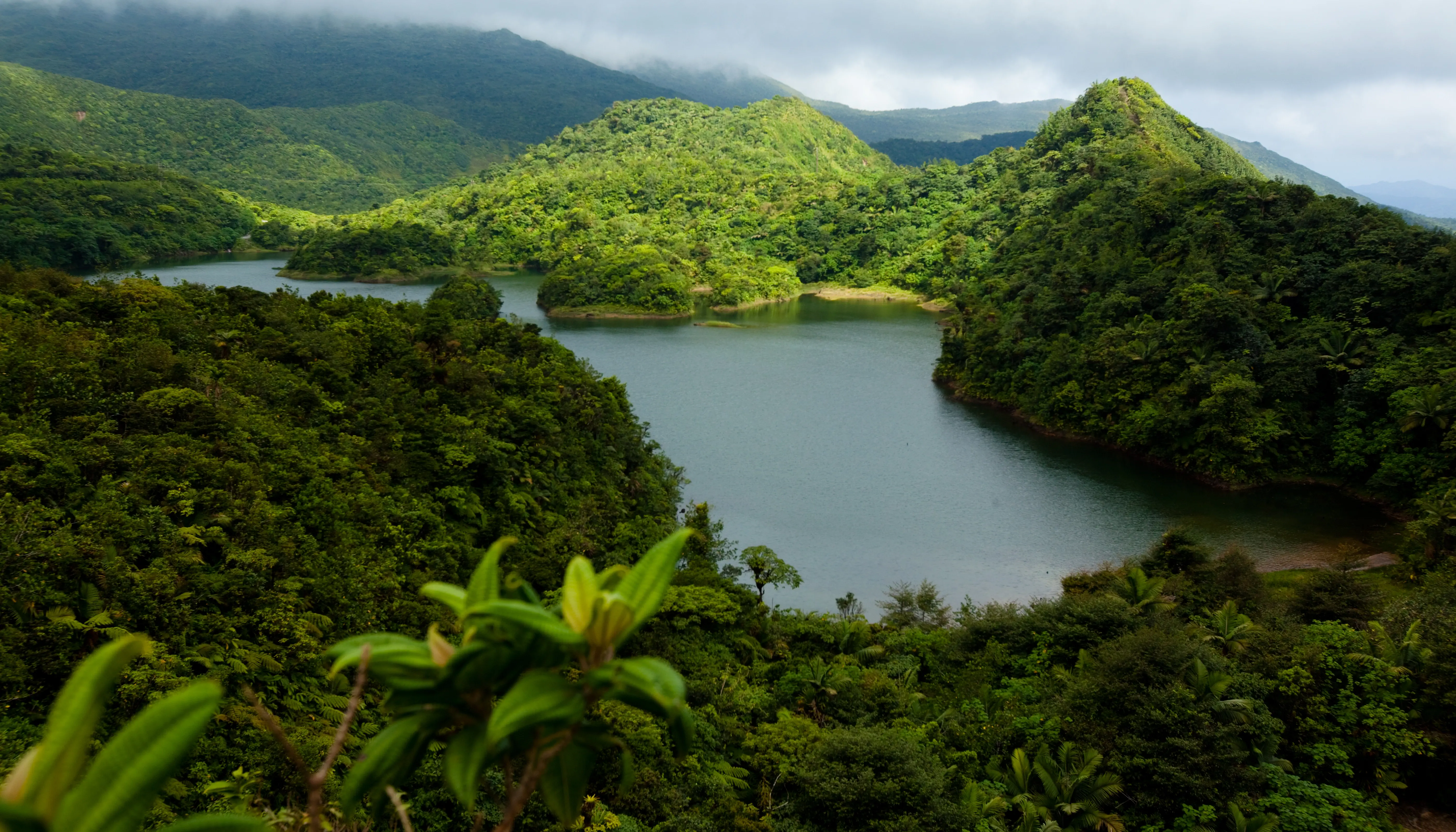
When Columbus was before King Ferdinand and Queen Isabella of Spain, trying to describe the awe-inspiring mountains of Dominica, he had to resort to crumpling up a sheet of paper to illustrate the dramatic form of the land, with its valleys, gorges and pinnacles. This gives an idea of its topography, but tells nothing of its amazingly lush vegetation. Greenery erupts everywhere, thrusting upwards, curling, stretching, climbing and falling, till the whole land is covered in a verdant tangle of trees, vines, shrubs and ferns. Add to this a plethora of birds, butterflies, and brightly colored flowers, and you can begin to imagine its almost magical nature. In addition, there are such unusual natural phenomena as a boiling lake and hot waterfalls, to say nothing of the more usual sulfur springs and crater lakes. The high mountains attract clouds, creating frquent showers interspearsed with sunshine, and as a result the island is known as the land of many rivers. I could equally be known as the land of many rainbows. You are sure to see some and, around the full moon, you might see a moonbow. Dominica has some lovely beaches, but not in the profusion of the islands to the north and south, so tourism is low-key.
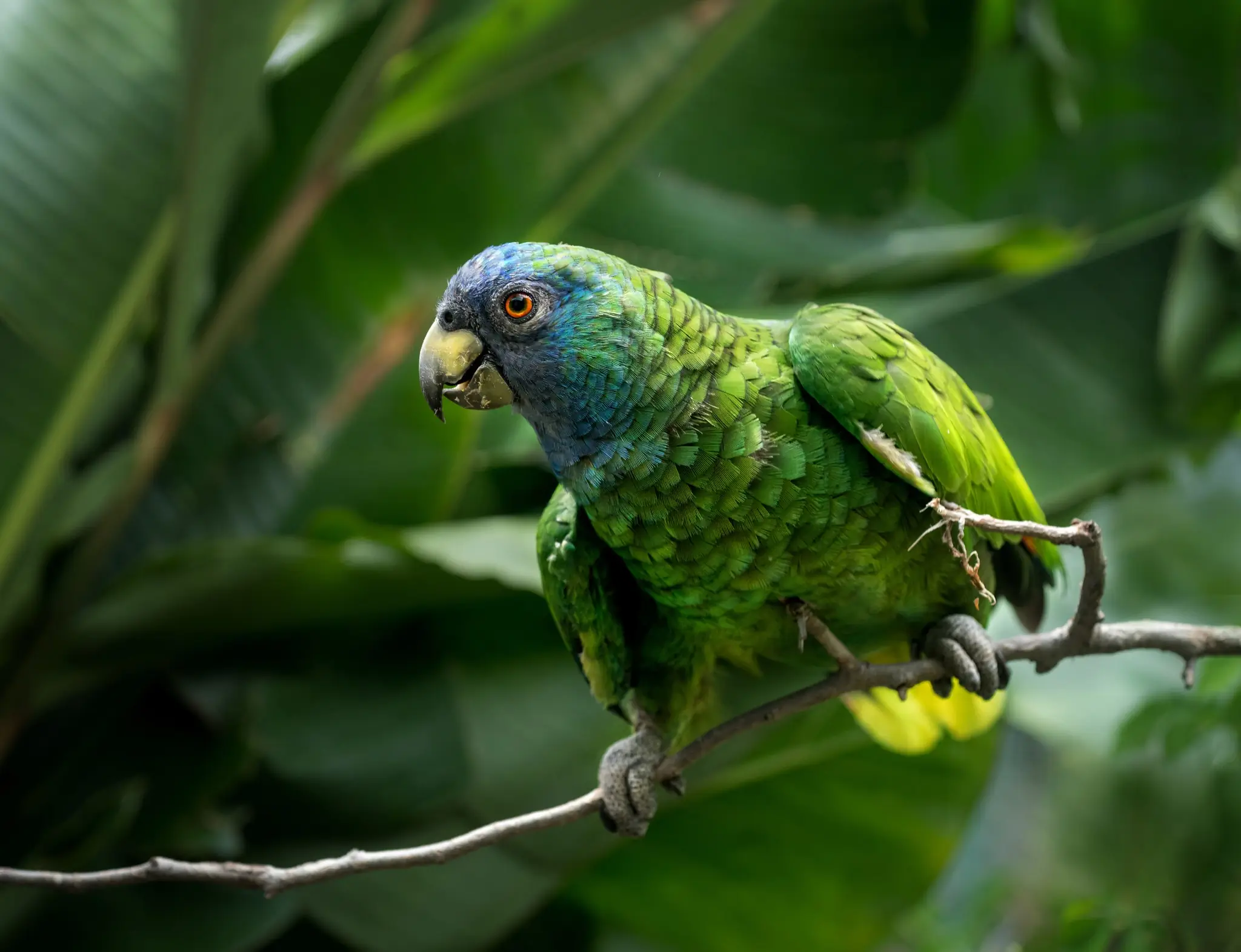
Dominica has about 73.000 inhabitants who have a natural curiosity about outsiders and enjoy meeting visitors. Nature lovers and free spirits will likely rate this majestic land their favourite. Some of the island can be seen from the boat, but the best times are found walking inland.
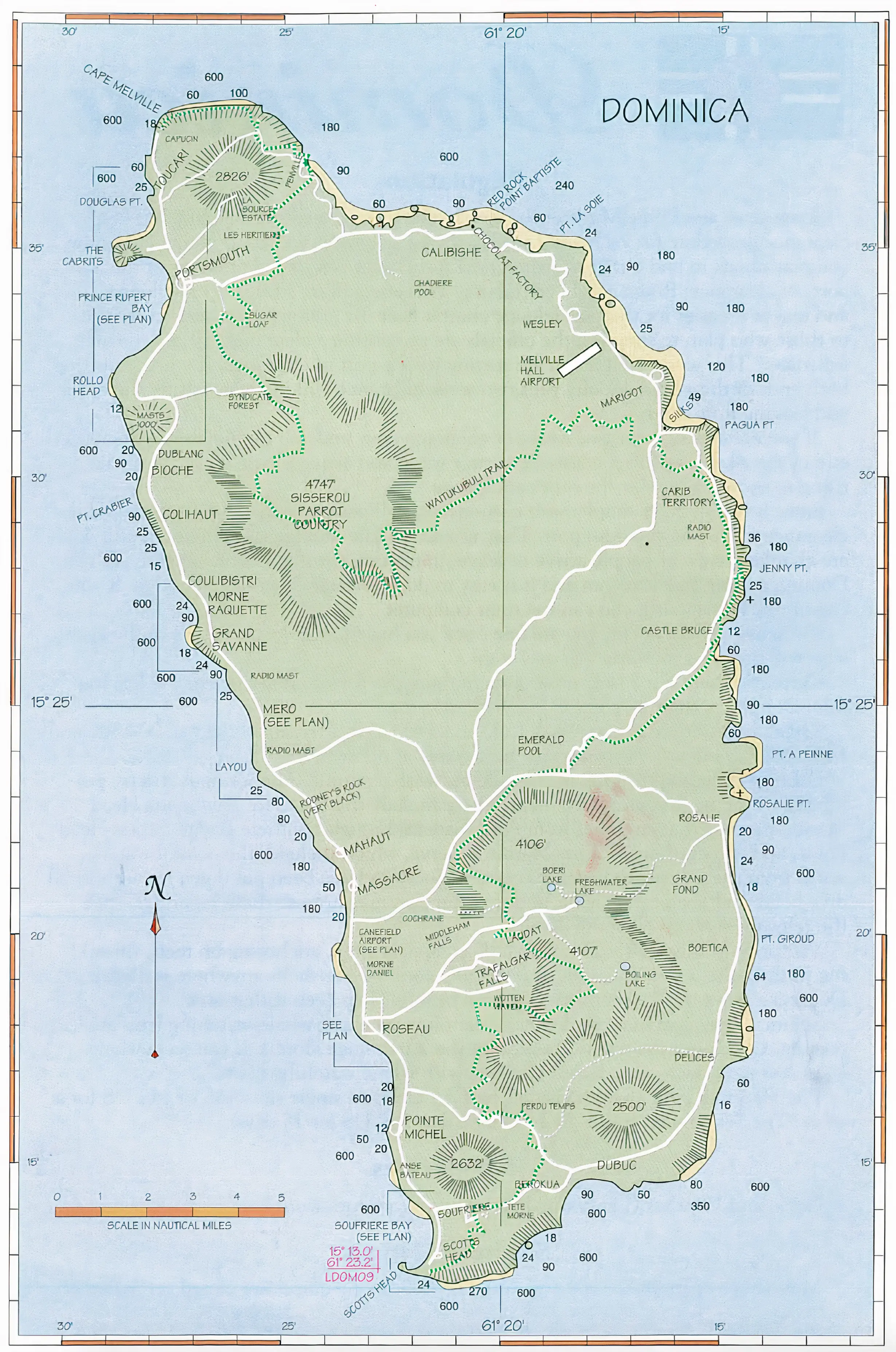
Light rain gear is advisable, as the island attracts frequent showers, whick alternate with bursts of bright sunshine. We will outline some attractions under the nearest anchorages; if you only stop at one anchorage, you can reach most of them by road, but anchoring at both Portsmouth and Roseau will allow you to see more. It should be noted that many of Dominicas hikes, including the one to Trafalgar Falls, may be over slippery and muddy terrain and should only be undertaken by those who are reasonable agile and fit. Best to take your camera in a waterproof bag. The Dominica Forestry Department has laid many hiking trails in the islands national parks. They have done an amazing job, some sections include miles of log walkways. The Waitukubuli trail runs the full length of Dominica, and it has 14 segments, most of which take 6-7 hours to hike. You can hike any of them with a guide or on your own. There is a link for downloading maps and details on the Dominica page of doyleguides.com.
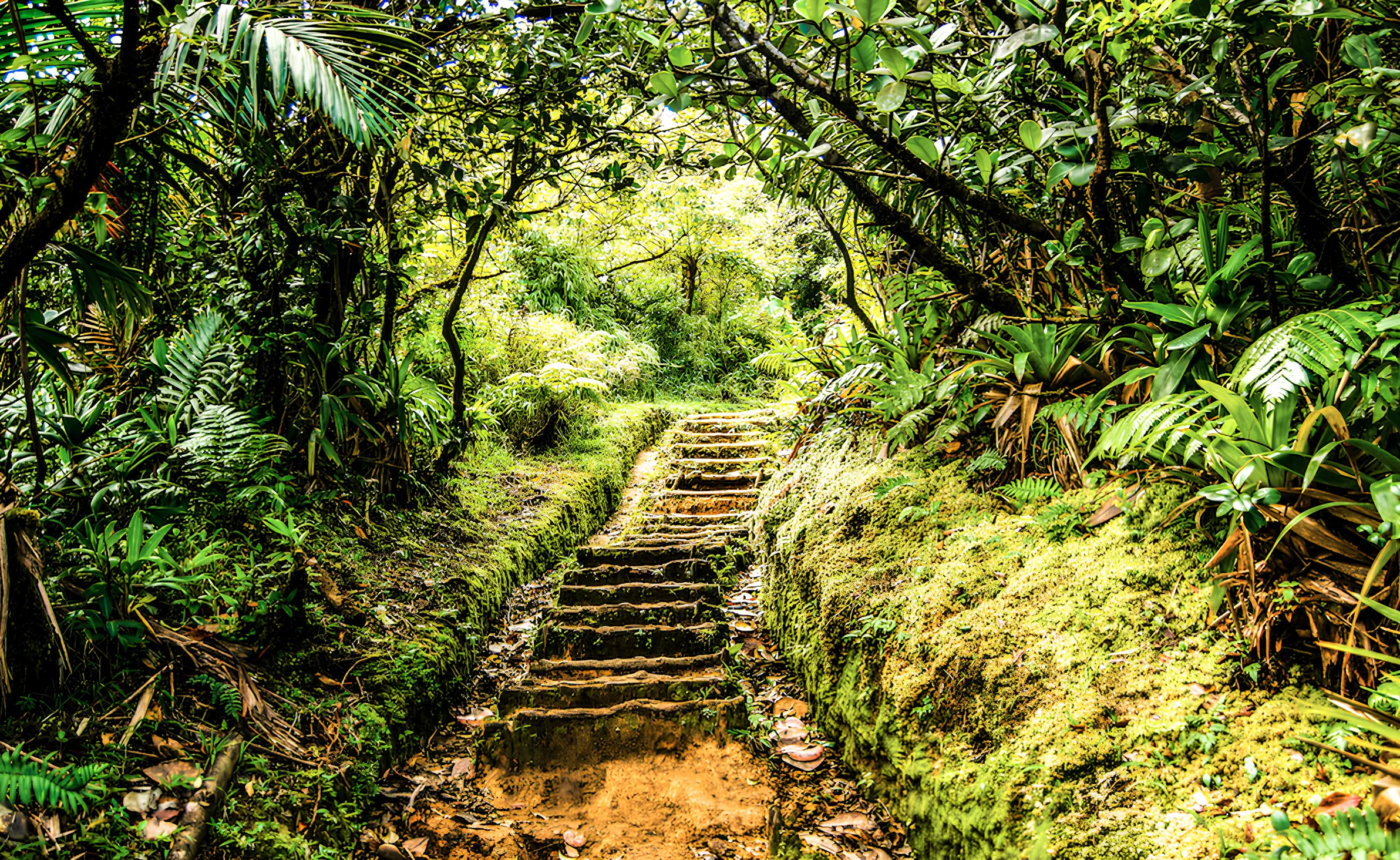
You can buy trail maps from the Forestry Department in the botanical gardens in Roseau. There are charges for visiting park sites and tickets can be bought by the visit ($5 US single site), or all sites by the week ($12 US). All the money goes towards park maintenance. The Waitukubuli trail has a seperate charge, $12 US for a day, $40 US for 15 days. In Portsmouth tickets may be purchased in the parks office at the mouth of the indian river. The Forestry Department has several books on Dominicas natural history.
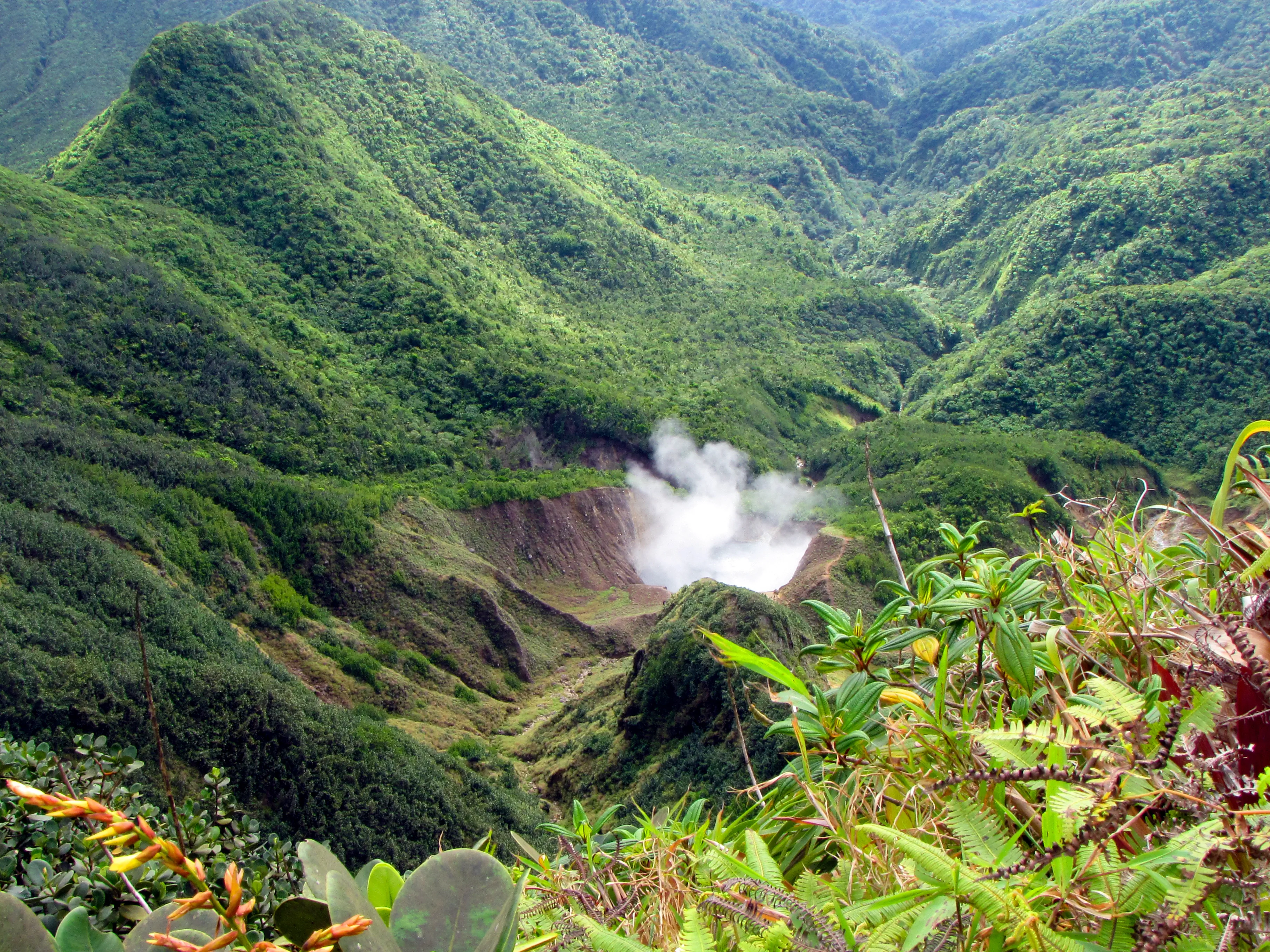
Just about all of Dominica is spectacular, and there are a number of lovely hikes on small roads and paths that are not part of the park. Dominica has seven potentually active volcanoes (most other Caribbean islands only have one). Eruptions are not expected anytime soon, but this history helps explain the dramatic scenery. An undersea fault to the north of Dominica occasionally shakes Dominica, the Saintes and Marie Galante.
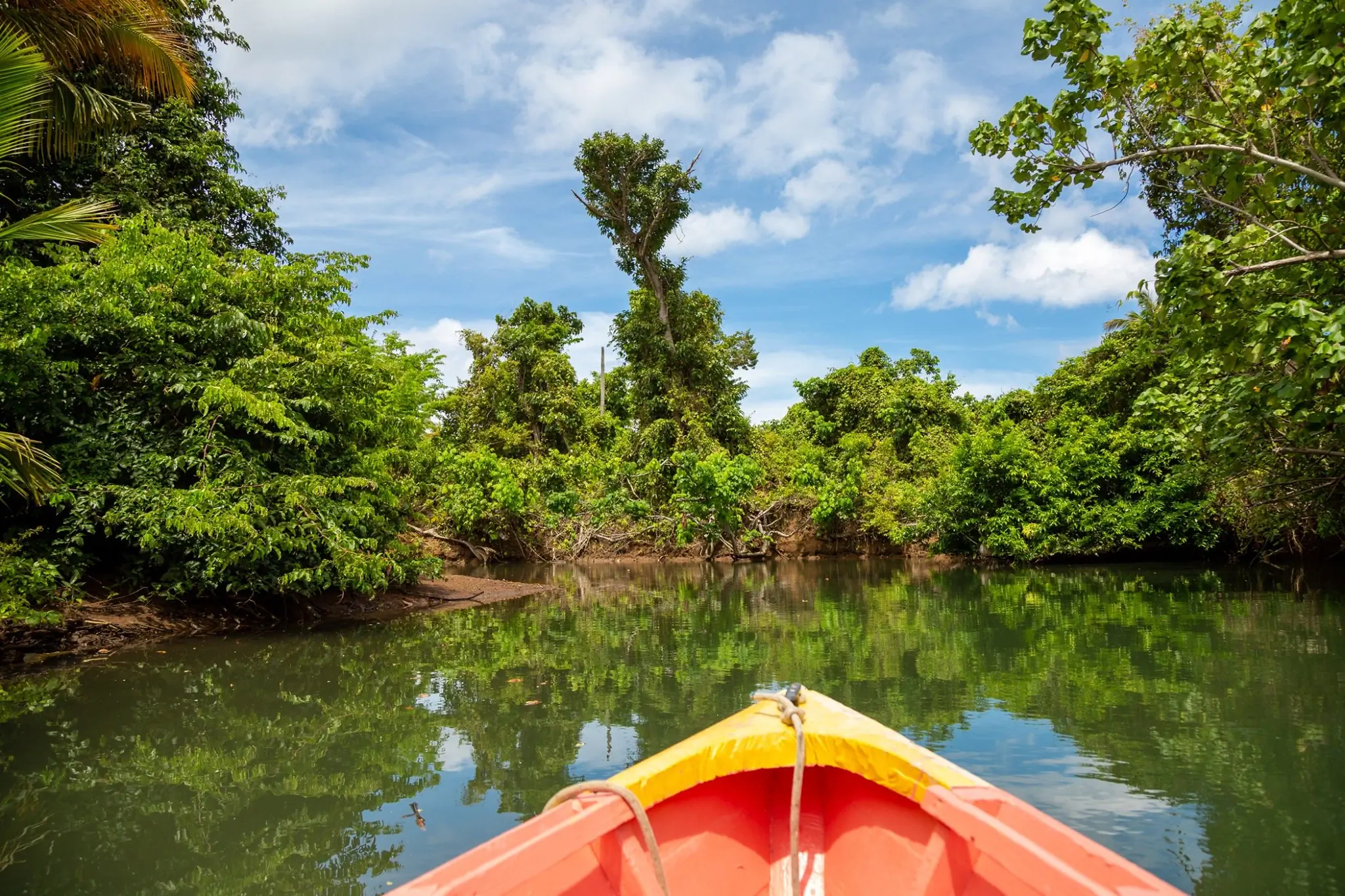
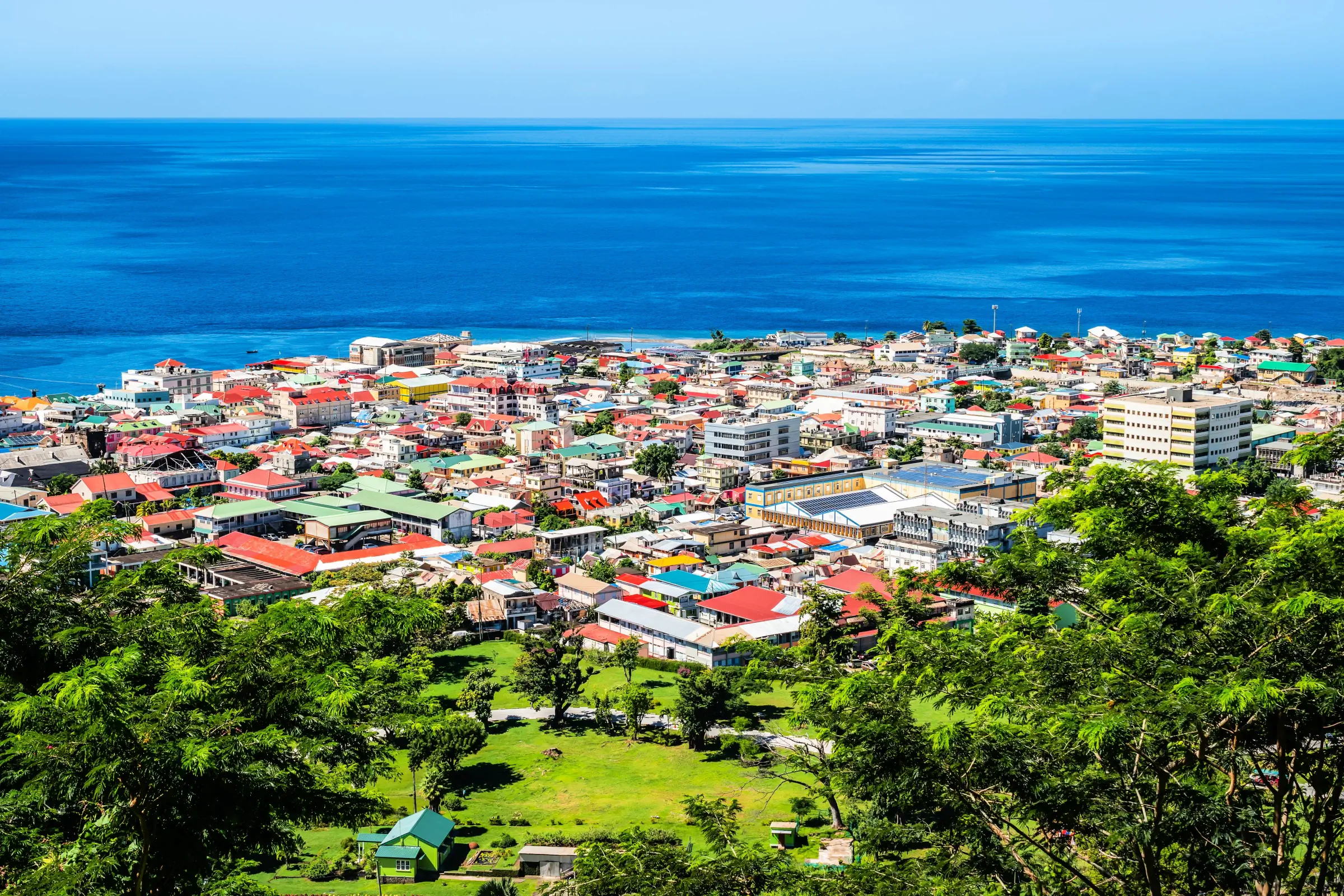
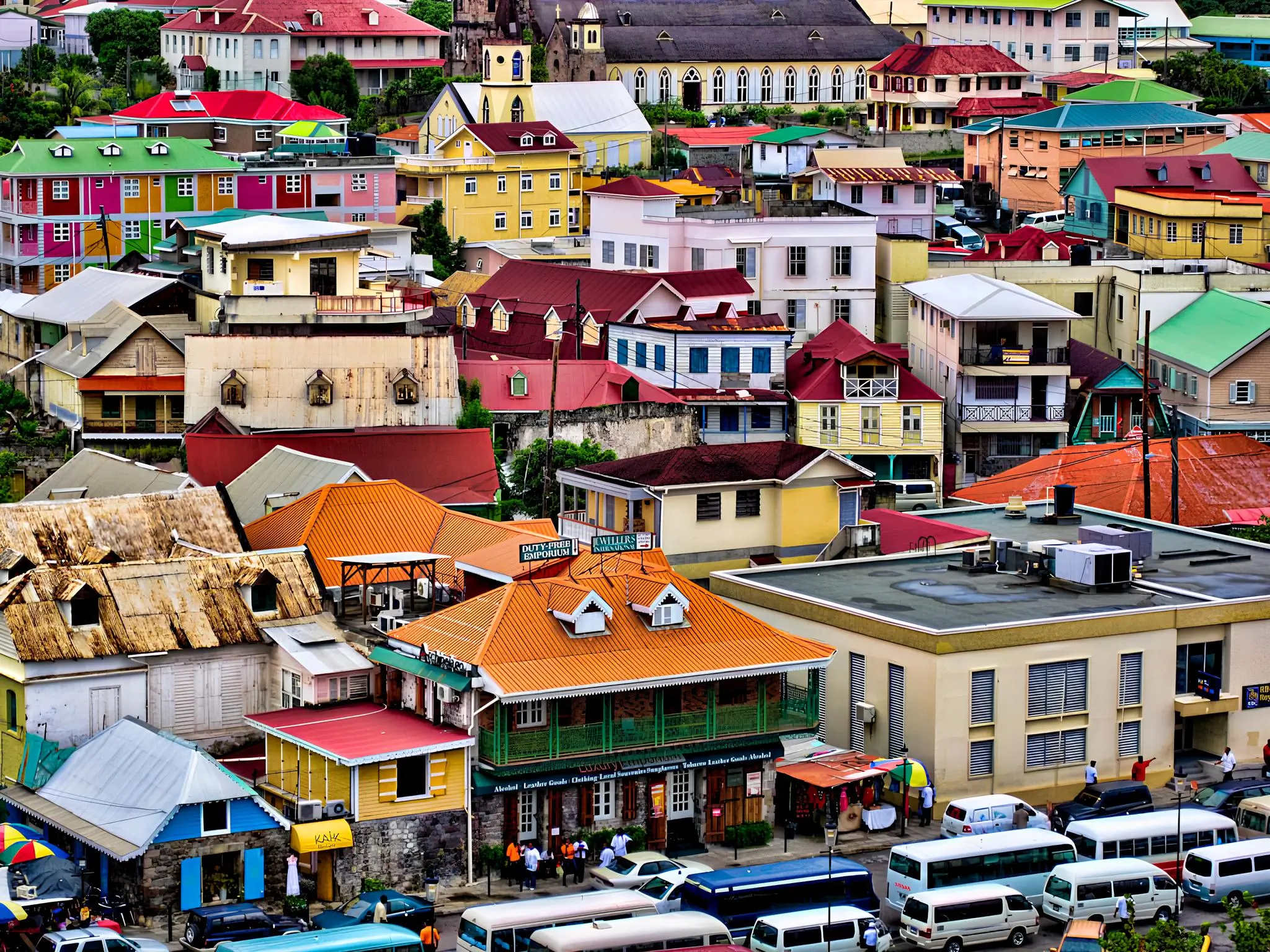
Text and map courtesy of Doyle Guides. Get the full pilot guide guide at doyleguides.com
© 2025 Yachtflags.com